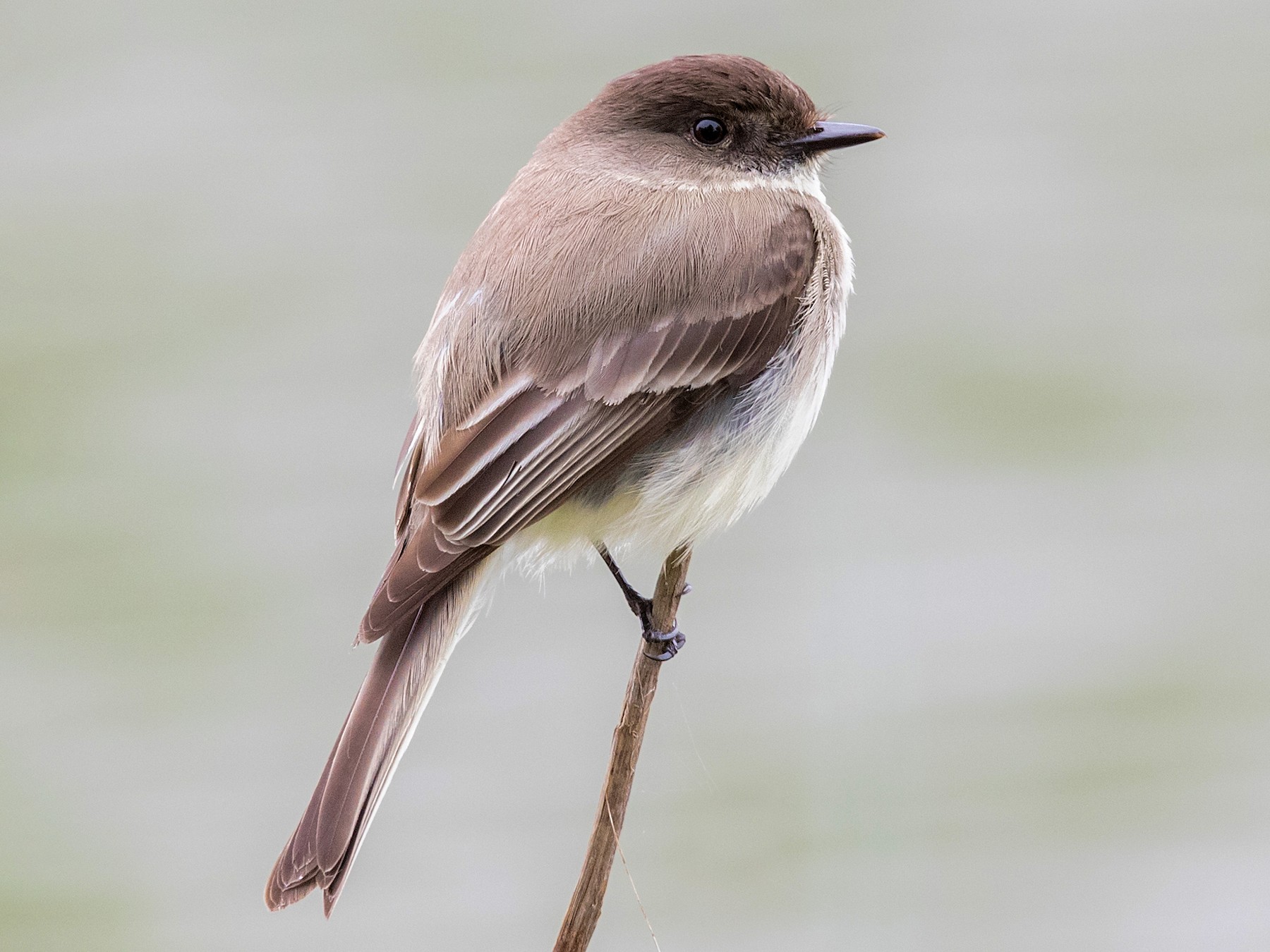
Summer is the perfect season to photograph colorful birds.
Eastern Phoebes
eastern pheobe © Ashley Keleher
The most tame and well-known members of the flycatcher clan are the phoebes. Eastern phoebes often choose to nest on or near human buildings, and so the lucky occupants are treated to frequent performances by these active foragers, watching them sally forth from a favored perch to snatch an insect out of the air and return in a flash.
Identification
Eastern Phoebes are distinctive in behavior but unremarkable in plumage. Males and females are both dark grey above and off-white below. Many birds show a faint wash of grey on either side of the breast. Phoebes are not large (about 7”), but their relatively long tails stand out while the birds are perched. Their bills are black and slender, quite unlike the seed-crushing bills of a finch or junco.
Behavior
Eastern phoebes hunt flying insects by “sallying forth” in short flights from a favorite perch. This hunting strategy is easily recognized once seen; also recognizable is the phoebe’s habit of flicking its tail upward restlessly while perched. Phoebes will build their nests on window-ledges and above doorframes, so it’s not unusual to see them perched very near a house or shed. The phoebe’s song is a sneezy two-note whistle frree-bee!, or a four-note frree-brrrr-eedit!
Advertisements
05 June 2022
Advertisements



